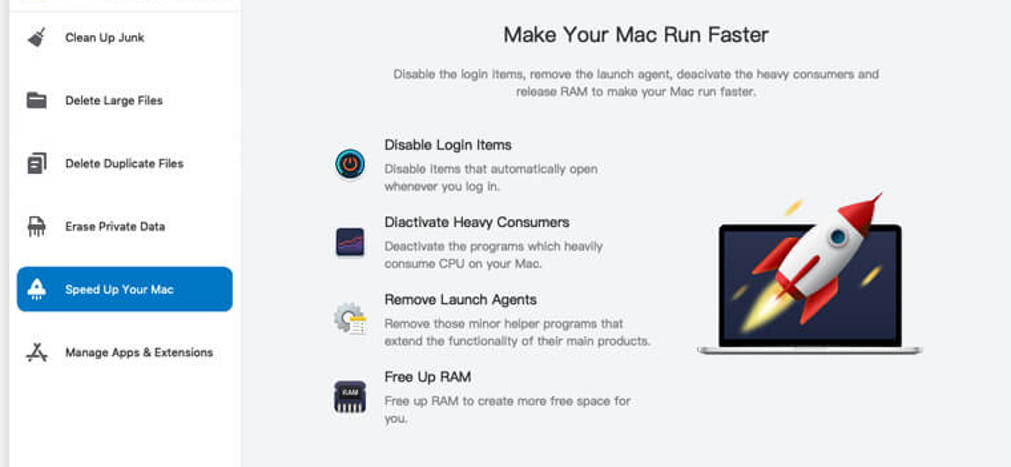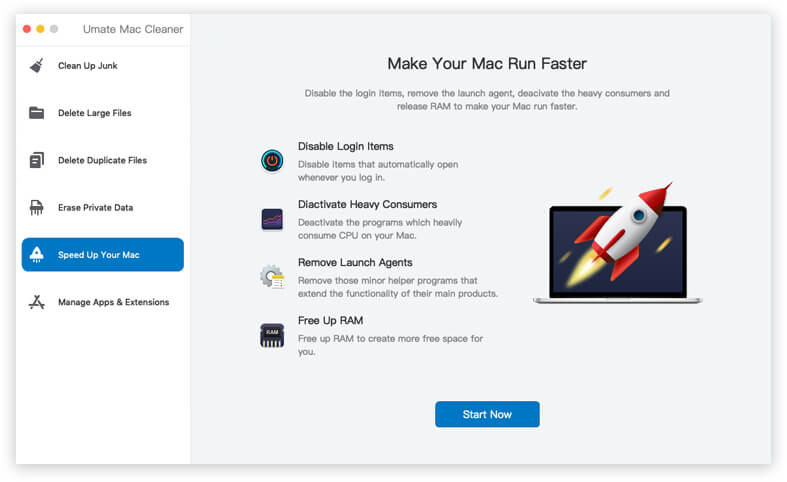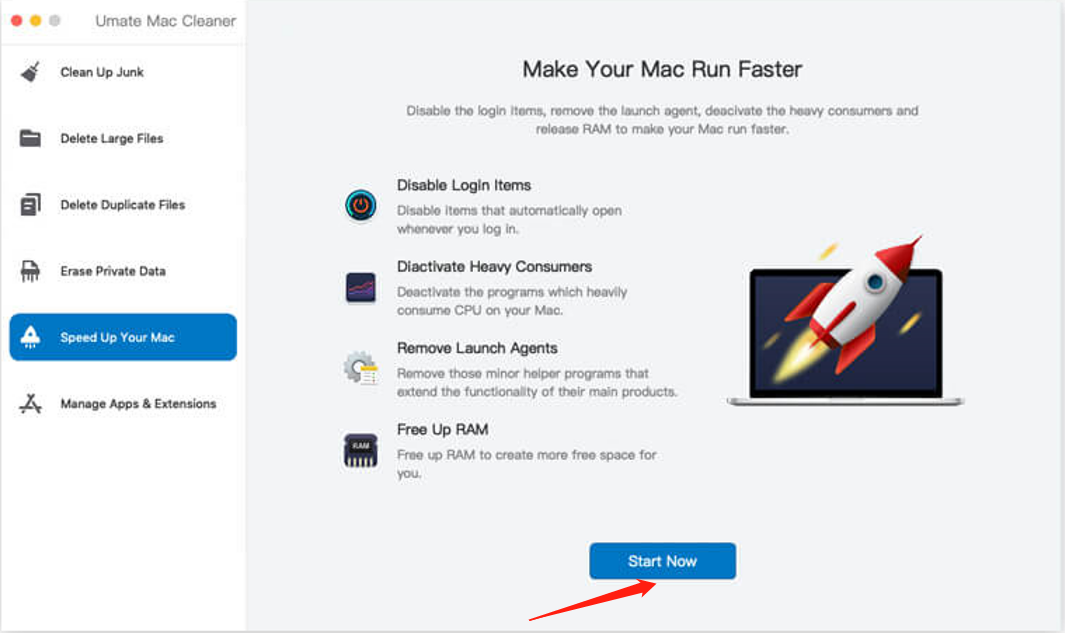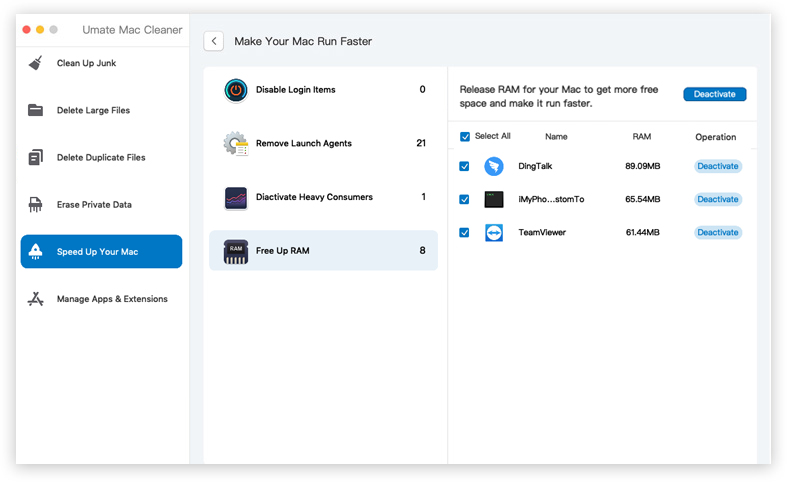Managing your photo collection can be a daunting task, especially when you have hundreds or thousands of photos spread across multiple devices. Fortunately, there are several photo manager apps for Mac that can help you organize and manage your photos easily. In this blog post, we’ll review some of the best photo manager apps for Mac. Get organized with ease! Find and manage all your photos on Mac with our powerful photo manager.

Part 1: Best Photo Manager Apps for Mac Reviewed
#1: Photos App (Free)
The Photos app comes pre-installed on all Macs and offers a basic set of tools for managing your photos. You can organize your photos by creating albums, adding tags, and creating smart albums based on criteria such as location or date. The app also features basic editing tools such as cropping, rotating, and adjusting exposure. While the Photos app may not offer advanced features, it’s a great option for casual users who want a simple and free photo manager.

#2: Adobe Lightroom (Paid)
Adobe Lightroom is a popular photo manager app for professional photographers and advanced users. It offers a wide range of advanced editing tools such as color correction, lens correction, and noise reduction. The app also offers advanced organization tools such as collections, tags, and keywords. Additionally, Lightroom offers cloud storage, allowing you to access your photos from any device.
#3: Apple Aperture (Discontinued)
While Apple Aperture is no longer available for purchase, it’s still worth mentioning as it was once a popular photo manager app for Mac. It offered advanced organization tools such as projects, albums, and smart albums. It also featured advanced editing tools such as color correction and sharpening. While Aperture is no longer supported, it’s still a great option for users who have it installed on their Macs.
#4: Google Photos (Free)
Google Photos is a cloud-based photo manager that offers unlimited storage for photos and videos. It also offers advanced organization tools such as facial recognition and automatic tagging based on location and objects. The app also features basic editing tools such as cropping, rotating, and adjusting exposure. Additionally, Google Photos offers AI-powered features such as automatically creating collages and animations.
#5: ACDSee Photo Studio (Paid)
ACDSee Photo Studio is a comprehensive photo manager app that offers advanced organization tools such as categories, ratings, and tags. It also features advanced editing tools such as color correction, lens correction, and noise reduction. The app also offers cloud storage, allowing you to access your photos from any device.
#6: Luminar
Luminar is a powerful photo editing and management software that allows you to organize and view your photos without having to import them into a central library. This means you can keep your photos in their original location on your hard drive or external storage device while still being able to organize and view them in Luminar.
Navigate to the folder that contains the photos you want to organize and view in Luminar. Once you’ve selected the folder, click “Add” to add it to the Luminar Library. Once the folder has been added to Luminar, you can view its contents by clicking on the folder in the Library view.
To organize your photos, you can add tags and ratings by selecting the photo and clicking on the “Edit” button located in the top-right corner of the screen. From there, you can add tags and ratings to the photo, which will be stored in Luminar’s database.
To view your photos, you can simply click on the photo in the Library view to open it in the editing view. From there, you can use Luminar’s powerful editing tools to make adjustments to your photo. Once you’re finished editing your photo, you can save the changes and the edited version of the photo will be saved to its original location on your hard drive or external storage device.
Overall, using Luminar to organize and view your photos without importing them is a great way to keep your photos organized while still maintaining their original file structure. This can be particularly useful for photographers who want to keep their files organized in a specific way or who have a large number of photos stored across multiple drives.

#7: Mylio
Mylio is a free photo manager app that allows you to organize and view your photos across all your devices. It’s designed to help you manage your growing photo collection by organizing your photos into a single library that can be accessed from your desktop, phone, or tablet. Here’s what you need to know about Mylio:
Features:
- Mylio offers a range of features to help you organize and view your photos. These include the ability to tag, rate, and search for photos, as well as the ability to create albums and folders to organize your photos.
- Mylio also offers automatic syncing across all your devices, which means that any changes you make to your library on one device will automatically be updated on all your other devices.
- Mylio can also automatically import photos from your camera roll or other devices, making it easy to keep all your photos in one place.
- Mylio also includes some basic editing tools, such as cropping, color adjustments, and red-eye removal.
- Mylio offers cloud storage for your photos, which means that your photos are backed up and can be accessed from any device.
Compatibility:
- Mylio is compatible with both Mac and Windows, as well as iOS and Android devices.
- Mylio can also import photos from a wide range of sources, including external hard drives, SD cards, and social media platforms.
Overall, Mylio is a great option for anyone who wants a free photo manager app that can help them organize and view their photos across multiple devices. While it may not offer as many advanced features as some other photo management apps, it’s a great option for casual users or anyone who wants a simple, user-friendly photo manager.

#8: Gemini 2
Gemini 2 is a popular duplicate photo finder app for Mac that uses intelligent algorithms to help you find and remove duplicate photos from your computer.
Features:
- Gemini 2 uses advanced algorithms to scan your Mac for duplicate photos. The app can detect similar photos, even if they have different file names or formats.
- Gemini 2 can also detect and remove duplicate photos from external hard drives and cloud storage services, such as Google Drive and Dropbox.
- Gemini 2 allows you to preview duplicate photos before deleting them, so you can be sure you’re not accidentally deleting an important photo.
- Gemini 2 also offers a “Smart Selection” feature that automatically selects the duplicate photos that are safe to delete, based on factors such as resolution, size, and file type.
- Gemini 2 allows you to customize the scan settings, so you can choose which folders and file types to scan.
Compatibility:
- Gemini 2 is compatible with Mac OS X 10.10 and later.
- Gemini 2 supports a wide range of file types, including JPEG, PNG, GIF, RAW, and more.
Overall, Gemini 2 is a powerful duplicate photo finder app that can help you free up space on your Mac by identifying and removing duplicate photos. While it’s not a full-fledged photo manager app, it’s a great tool to have in your photo management arsenal.

Best photo manager apps for Mac: Mac Cleaner
Mac Cleaner is an application that specializes in deleting unnecessary files from your Mac, which can help optimize its performance and free up valuable storage space. Along with its primary function as a cleaning tool, Mac Cleaner also includes a basic file manager that allows you to browse and manage your files, including your photo collection. To learn more about using Mac Cleaner, follow the guide below:
Step #1: Start Mac Cleaner on Your Computer
To get started with Mac Cleaner, the first step is to install the software by following the link provided. Once you’re on the Mac Cleaner download page, click the “Download Now” button to obtain the DMG file, which you can open to begin the installation process. After the software has been installed, it will open automatically.

Step #2: Choose Speed up Your Mac
To speed up your Mac, you’ll need to use the “Speed Up Your Mac” module, which is one of six modules available in Mac Cleaner. To access this module, simply click on it from the left sidebar. The software will show you information about the module’s features and functionalities, and to proceed, click the “Start Now” button.

Step #3: Click Start Now
You’ll then be presented with four different options to choose from, each of which can improve your Mac’s performance in different ways. These options include disabling login items, deactivating heavy consumers, removing launch agents, and freeing up RAM. Select an action from this list, and then choose which apps and processes you want to deactivate by checking the corresponding boxes. You can also select all items in the list by clicking the “Select All” checkbox.

Step #4: Deactivate the App/Process
The final step is to click the “Deactivate” button on the top-right corner of the window, which will begin the deactivation process. This may take a few minutes to complete, but once it’s done, your Mac’s performance should be optimized.

Takeaways
To bring order to your photographic life, there are two important things to keep in mind. First, before you start organizing and managing your photos, it’s crucial to declutter your photo library. This can easily be done using a duplicate finder such as Mac Cleaner, as it will help you avoid rummaging through thousands of unnecessary photos.
Secondly, the native photo manager on Mac, Photos, provides all the necessary tools for organizing your photos into groups and categories with ease. However, third-party tools can offer additional functionality that is missing in the native macOS tools. For instance, some third-party apps offer a calendar view or allow you to manage photos directly from the Finder.
By following these tips, organizing your Mac’s photos can become an effortless and cost-effective task. With the right tools and tricks, managing your photo library can be a breeze.
Latest Articles